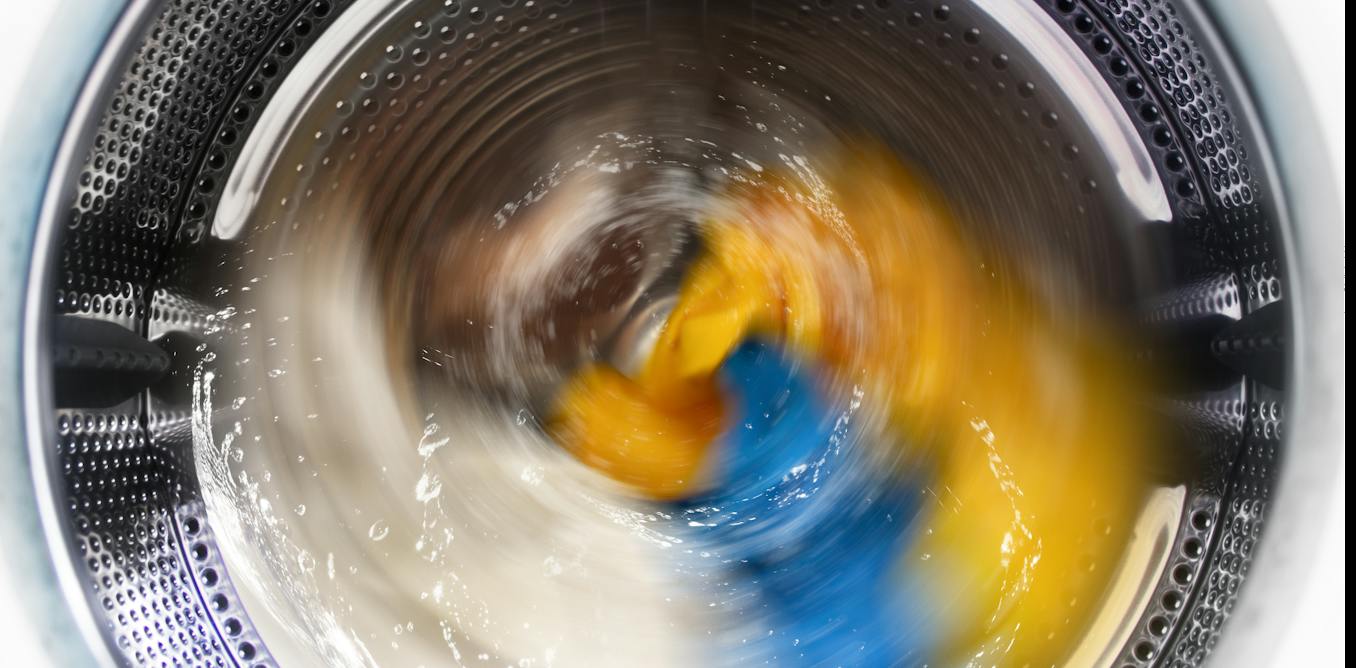The most common microplastics in the environment are microfibers—plastic fragments shaped like tiny threads or filaments. Microfibers come from many sources, including cigarette butts, fishing nets and ropes, but the biggest source is synthetic fabrics, which constantly shed them.
Textiles shed microfibers while they are manufactured, worn and disposed of, but especially when they are washed. A single wash load can release several million microfibers. Many factors affect how many fibers are released, including fabric type, mechanical action, detergents, temperature and the duration of the wash cycle.



Take your bike to work every day in the rain and snow, so that it can compensate for 30 sec of private jet flight
Im bored at work, and you’ve given me a mathematical itch to scratch.
A quick search tells me that a liter of gasoline being burned emits 2.3 kg of CO2. Another quick search, after digging through a few weasel words, tells me a liter of jet fuel emits 3.16 kg of CO2 when burned.
I ride a motorcycle (975 Nightster for reference) to work most of the time, and it gets 100 km on 5 liters pretty easily. Riding to work and back is about 40 minutes, and a total distance of about 33 kilometers round trip.
A Learjet 45 Apparently uses 580 liters per hour.
For me to ride to work, I use ~1.65 liters of gasoline which works out to 3.8 kg of CO2.
A single four-hour flight on the aforementioned private jet is 2,320 liters of jet fuel, which is 7,331 kg of CO2. To offset that, I’d need to ride my bicycle or walk to work for 1,929 days or approximately 7 years.